8 Learning Domains Of Modern Critical Pedagogy
How has teaching changed? What is 21st century pedagogy? Key elements include analytics, personalization, place, and perspective.
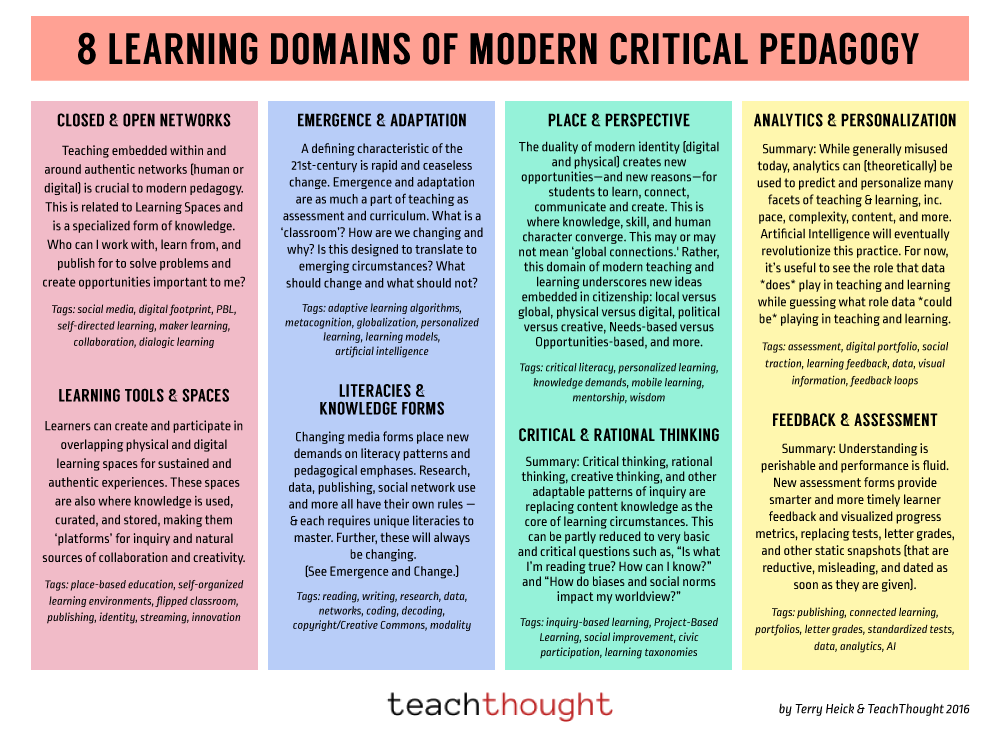
How has teaching changed? What is 21st century pedagogy? Key elements include analytics, personalization, place, and perspective.
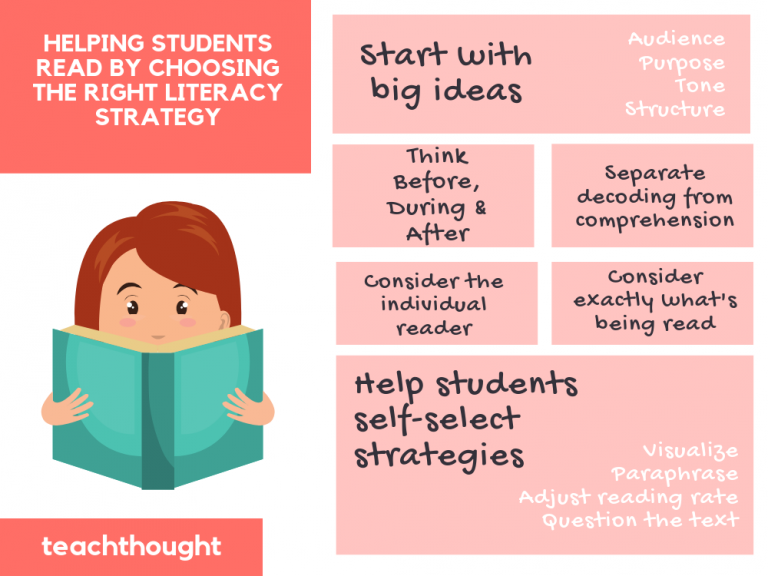
Start with the big ideas of written communication: Who (author) is saying what (theme/main idea, etc.) to whom (audience)?

All of this money and effort is the kind of energy that keeps education going. But ‘keeping it going’ is also kind of the problem.
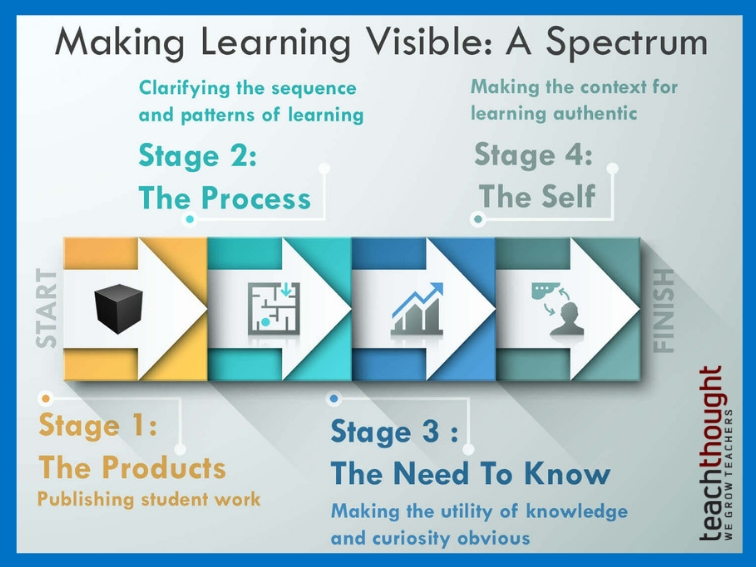
As we make learning visible, the process and sequence of learning is illuminated. This helps students see understanding as always evolving.
Speech and language is one area of educational apps that has exploded with smashing success. Here are 6 options to try out for iOS.
The coronavirus and the consequent lockdowns have forced the world to adapt in a multitude of ways–eLearning among them.
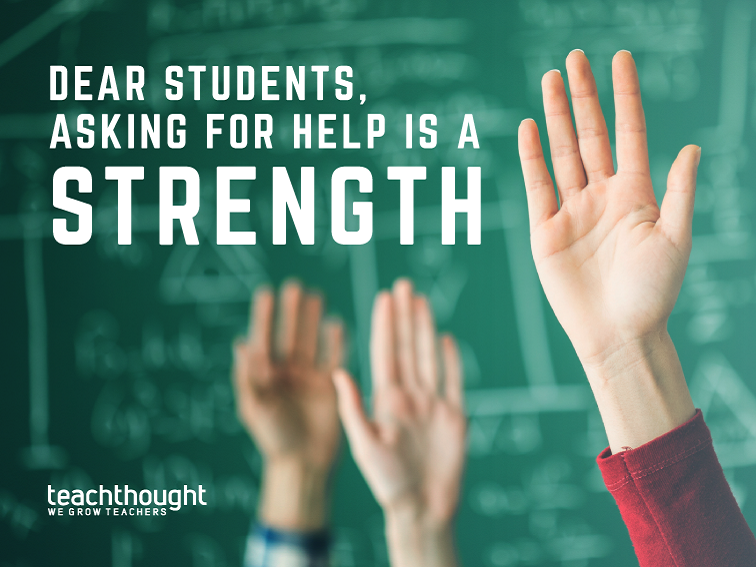
Help students understand that ‘help’ is the norm in the creative, scientific, and professional world. Asking for help is OK and necessary.
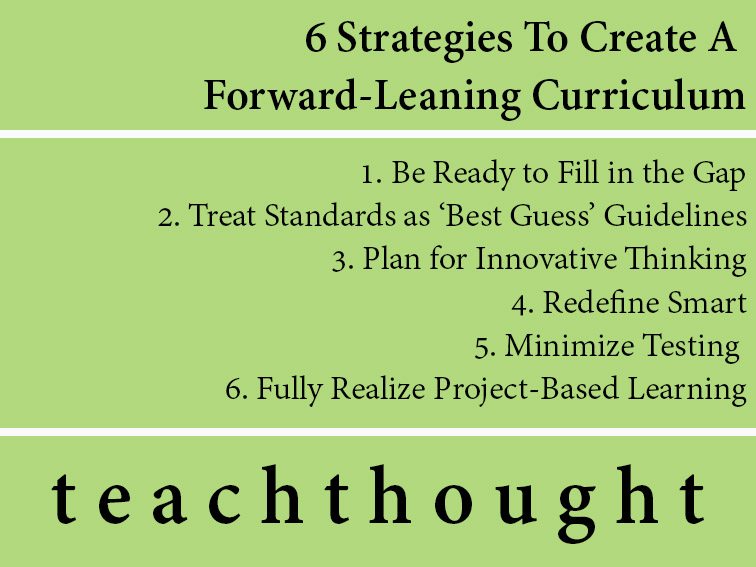
How do you create a forward-leaning curriculum? Situate non-judgment, openness, and empathy as the true keys to 21st century competency.
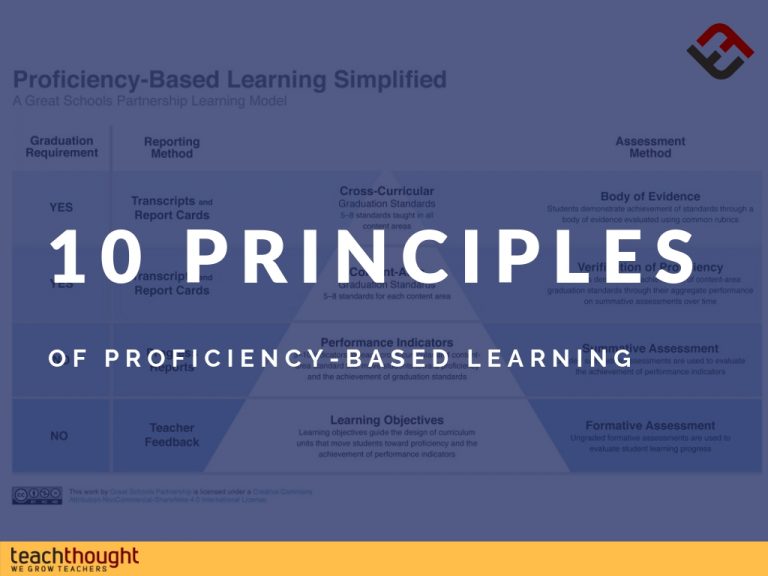
Our principles of proficiency-based learning support achievement evaluated against learning objectives pursued through flexible pathways.

Do you have an education podcast? You can now submit podcasts centered around innovative teaching and learning to TeachThought.
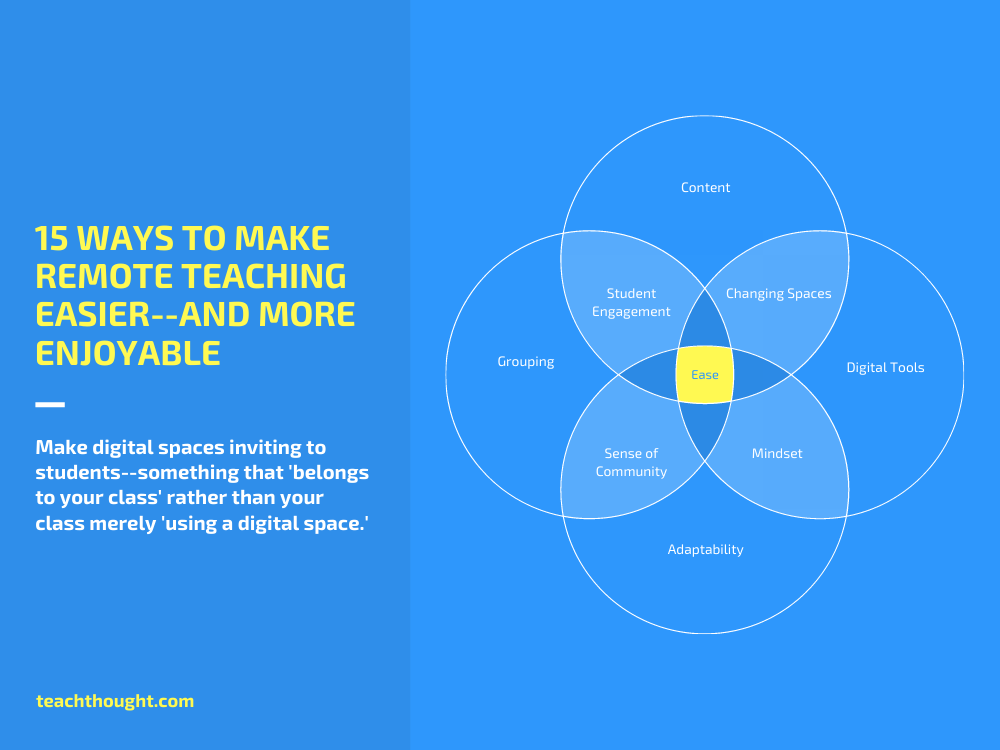
Make digital spaces inviting to students–something that ‘belongs to your class’ rather than your class merely ‘using a digital space.’
How Does Daydreaming Improve Thinking? The student’s eyes drift to the classroom window and the teacher’s voice fades from consciousness. The daydream begins. It’s a familiar scene, one we have likely both experienced as students and struggled against in our students as teachers. But daydreaming is not what it might seem. Recent research in psychology…
End of content
End of content